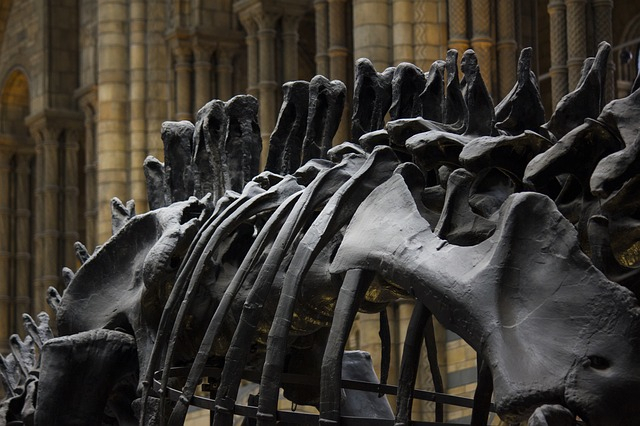
A team of scientists has discovered the fossils of a large carnivorous dinosaur that roamed in Italian soil around 198-million-years ago.
Researchers have now named this gigantic creature Saltriovenator zanellai and experts speculate that it might be about 25 feet long and one ton in weight.
Scientists who took part in this research revealed that Saltriovenator roamed the planet during the Jurassic period and it is touted to be the largest carnivorous dinosaurs ever existed.
It should be noted that the fossil remains of these dinosaurs were discovered in 1996 by an amateur palaeontologist and it took more than 22 years for experts to determine more crucial details about these creatures.
Experts believe that the carcass of this ancient creature might have remained at the bottom of the sea for quite a long time before its burial. The study report published in the journal PeerJ also revealed that the carcass scavenged at the bottom for years, before it got fossilized.
The fossils discovered seem intact and experts successfully figured out 130 bone fragments including pieces of ribs, pectoral bones, and a single tooth.
"This is absolutely unique. In scientific literature, there is mention of some dinosaur bones scavenged only by terrestrial animals, such as other dinosaurs, and, more rarely, insects. At least three kinds of marine animals left those traces on the bones of Saltriovenator," said Christiano Dal Sasso, a palaeontologist at the Milano History Museum, Reuters reported.
Researchers also added that the dinosaur was just 24 years old when it died and it indicates that these dinosaurs might attain more weight as it gains age.
"Paleohistological analysis indicates that Saltriovenator was a still growing subadult individual, therefore its estimated size is all the more remarkable, in the context of the Early Jurassic period," said Simon Maganuco, co-author of this study.
A few days ago, a team of palaeontologists at the New Mexico Museum of Natural History and Science had discovered the fossil of a horned dinosaur that roamed in Arizona. Researchers who took part in the study revealed that this giant was almost 11 feet long, and was a pure plant eater.









